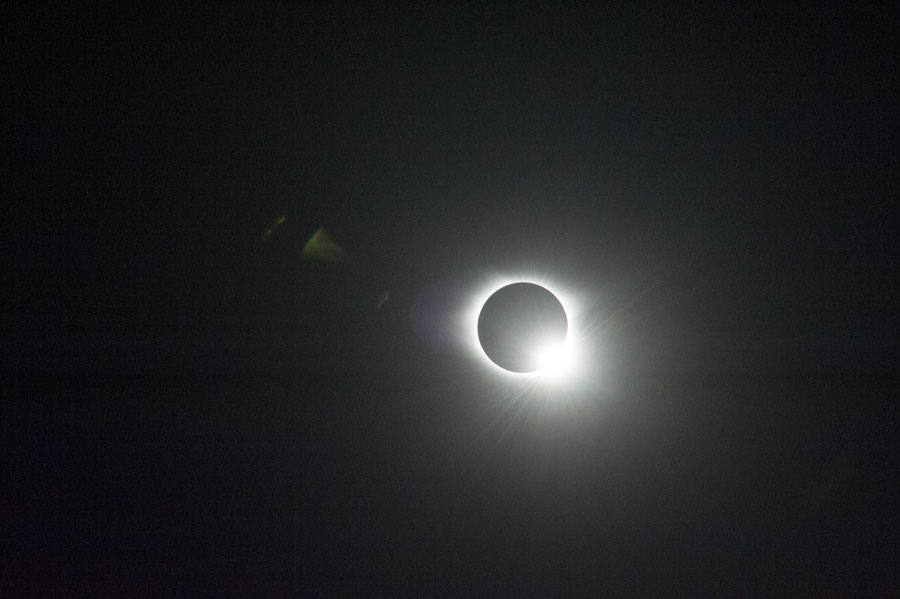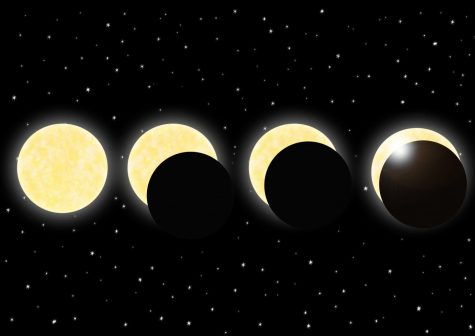Eclipse Fix
Tait decodes eclipse, students share thoughts
A solar eclipse consumed the Tampa Bay area and the rest of the United States this past Tuesday Aug. 22. The eclipse left many staring in awe through their ISO approved NASA sunglasses, while others cowered in their homes afraid of burning their eyes out.
As people looked up toward the burning sun, wondering at the natural phenomenon, they were bound to be left with a couple burning questions regarding the science behind it all.
“It is an obscuring of the light from one celestial body,” AP Chemistry and AP CApstone Research teacher Lindsey Tait said.
In addition, there are two types of eclipses that are seen on Earth: a solar eclipse and a lunar eclipse, and there are distinct differences between the two.
“In a solar eclipse, the moon passes between the earth and sun,” Tait said. This is what the country saw this past Tuesday.
In a lunar eclipse, the earth passes between the moon and sun,” Tait said.
When it comes to dangers and precautions, answers vary based on the type of eclipse.
“It is the heat, UV, and excessive blue light that causes damage to the retina when looking directly at the sun. Typically, humans have a reflex to avert their eyes, but this reflex is lessened during a [partial] solar eclipse, causing people’s eyes to be exposed to more harmful radiation,” Tait said.
“The only safe way to look directly at the uneclipsed or partially eclipsed sun is through special-purpose solar filters, such as ‘eclipse glasses,’ or hand-held solar viewers,” Tait said.
“There will be another solar eclipse April 8, 2024, but totality won’t pass over Tampa.” Tait said.
People will have to wait until Aug. 12, 2045 for a total solar eclipse.




Jessie • Sep 1, 2017 at 8:06 am
Pretty good advice yay